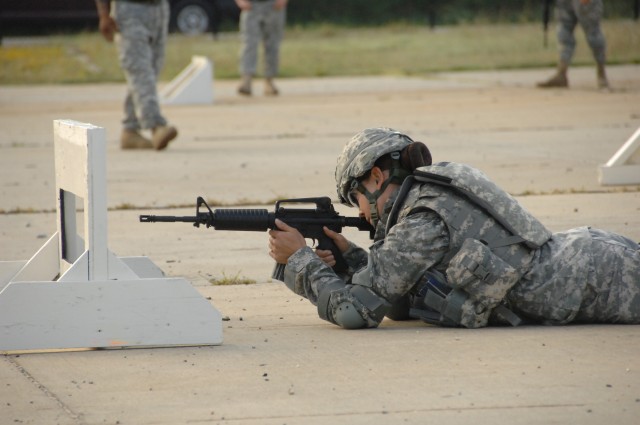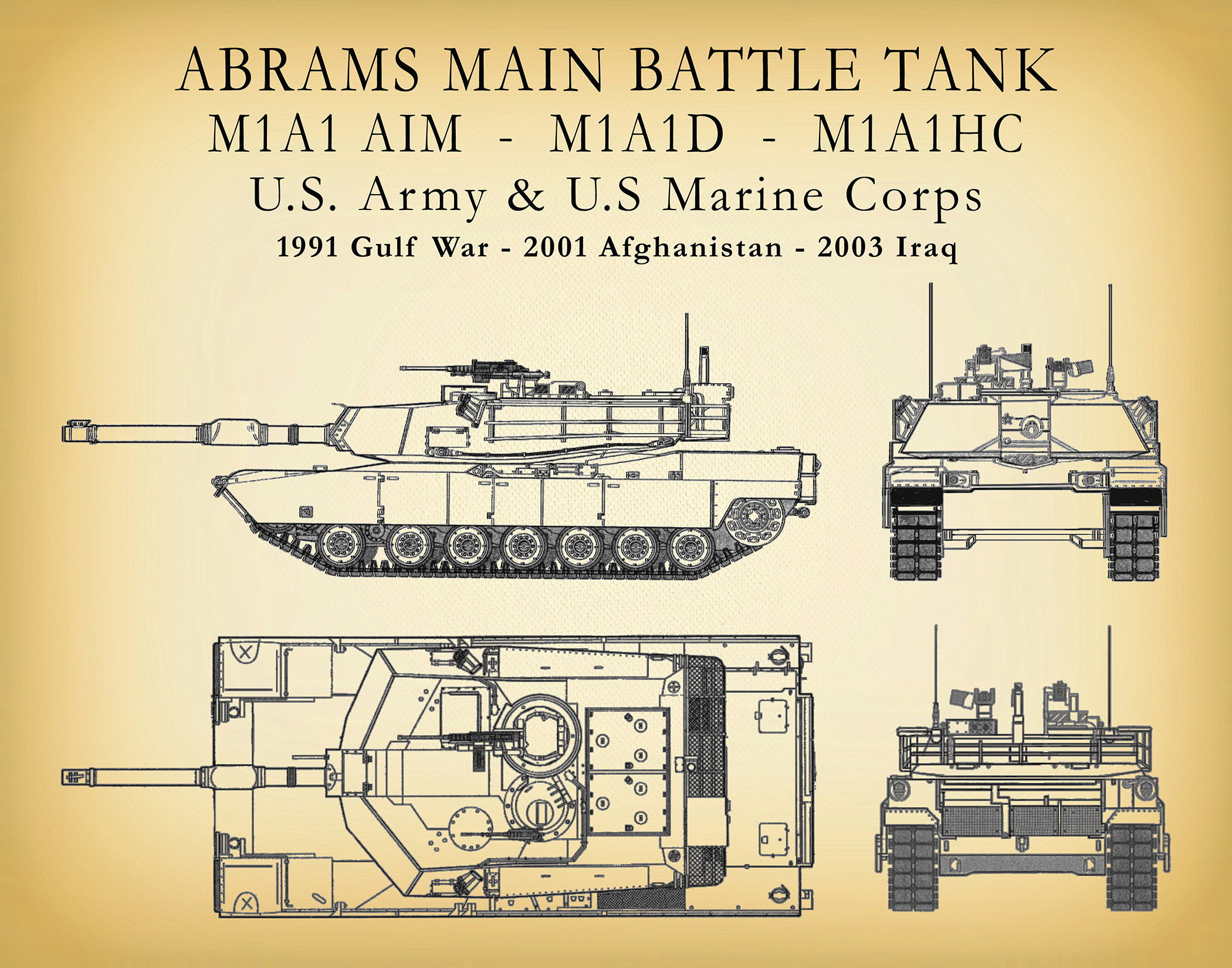
But remember, ranking is important for both parties when trying to achieve a one-for-one match.īe proactive and court the units you want How you answer that question is up to you. Also, some interviewers ask what place they are on your list. Try not to move units in and out of your top spots often because units may think you aren’t serious with your selections (so while we suggest moving early, make sure you do your research before making your selections so avoid this issue). However, your top choices are transmitted to the units, so they can see if you have an interest. You can adjust your preferences until the marketplace closes, so you have some flexibility. You should ensure you research the installation, the unit, local leadership, and the off-post areas nearby to ensure things are a good fit for you and (if applicable) your family. At a minimum, they should provide a point of contact. You should also make sure to look at everything available on the unit’s AIM profile. It may be tempting to take that job in Hawaii, but if it does not offer you the positions/opportunities required for promotion, that dream location might end up being a career-ending decision. Engage mentors and your friendly human resources personnel to learn what positions are best for your career. You become the author of your career, so please choose wisely (having a 5-10 year career plan is useful in this regard). Ultimately, with significant autonomy comes great responsibility.

US ARMY AIM HOW TO
AIM allows you to preference any job on the board, and if you pick broadening assignments in desirable places that don’t provide KD time, you can hurt your career in the long term (learning the dashboard and how to filter KD positions will help in this specific area). (You can get more information on the talent alignment algorithm here)īe careful to choose assignments that provide key development (KD) opportunities if you require one. The unit interest and signal means that you are somewhere in the unit’s top 10 % of currently preferenced movers it does not indicate that you are a one-for-one match. One thing we’ve seen is that movers frequently mistakenly believe that seeing the green satellite image from a unit indicates that they are a one-for-one match. If your top units do not choose you as their number one preference, then you have time to continue your job search. Moving early allows you to do some research, rank the units you like, reach out to them, and schedule an interview. Moving early on the first day the marketplace opens is a good way to increase your odds of getting a one-for-one match. Achieving a one-for-one match can be challenging and requires planning and work by the moving officer. Simply put, a one-for-one match occurs if you (the mover) rank a unit as your number one preference on your list, and the unit ranks you in the same spot on their dashboard. If you are new to the AIM Marketplace, you are probably wondering what that means.

It is important to note that each officer’s experience is slightly different because HRC does not dictate hiring practices to units however, we also found commonality between experiences. However, unless you understand the marketplace and unit hiring practices, you may not have as many choices as you could have when picking your next unit. Section 1: From the Mover’s PerspectiveĬurrent junior officers have more say over their next assignment with AIM than previous generations. This article contains three sections: 1) The first section addresses movers and some issues that junior officers should consider and be aware of when navigating the marketplace 2) The second is section covers advice from an incumbent’s point of view and offers tips on resume development, interacting with your preferred units, and navigating the process from start to finish 3) The last section includes the perspective from a unit hiring manager and some of the things he saw that can make or break your chances of receiving the coveted one for one match. (Here is a quick primer on the Army Talent Alignment Process) This article provides information from multiple perspectives and provides a “peek behind the curtain” to help junior officers learn some of the nuances of the AIM 2.0 Marketplace – with the intent of helping you develop your resumes, discover what units see and experience from their perspective, and how to communicate with your units of choice effectively.

Moreover, junior officers without a lot of experience or those with mentors who have little or no experience with AIM may feel lost or overwhelmed. It is often difficult to know what a unit is looking for, especially if its dashboard is incomplete. The AIM 2.0 Marketplace can be daunting even for those who have navigated its changing structure over several movement cycles.


 0 kommentar(er)
0 kommentar(er)
